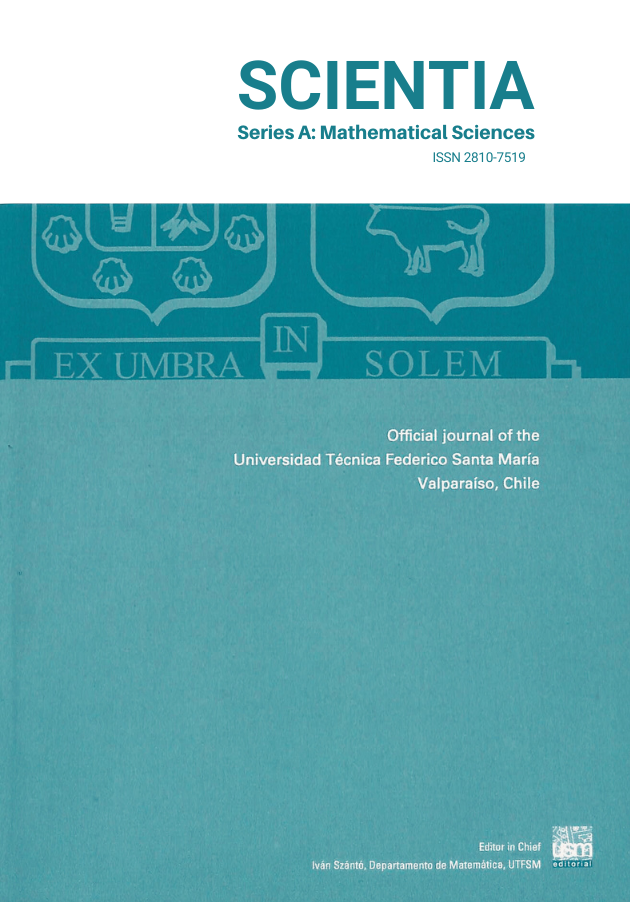Published 2012-09-11
Keywords
- Monophonic path,
- Monophonic number,
- Edge monophonic number,
- Forcing monophonic number,
- Forcing edge monophonic number.
Copyright (c) 2025 Scientia Series A: Mathematical Sciences

This work is licensed under a Creative Commons Attribution-NonCommercial 4.0 International License.
How to Cite
Abstract
For a connected graph \( G = (V, E) \), let a set \( M \) be a minimum edge monophonic set of \( G \). A subset \( T \subseteq M \) is called a forcing subset for \( M \) if \( M \) is the unique minimum edge monophonic set containing \( T \). A forcing subset for \( M \) of minimum cardinality is a minimum forcing subset of \( M \). The forcing edge monophonic number of \( M \), denoted by \( fm_1(M) \), is the cardinality of a minimum forcing subset of \( M \). The forcing edge monophonic number of \( G\), denoted by \( fm_1(G) \), is \(fm_1(G) = \min \{ fm_1(M) \},\) where the minimum is taken over all minimum edge monophonic sets \( M \) in \( G \). Some general properties satisfied by this concept are studied. The forcing edge monophonic number of certain classes of graphs are determined. It is known that \( m(G) \leq m_1(G) \), where \( m(G) \) and \( m_1(G) \) are respectively the monophonic number and the edge monophonic number of a connected graph \( G \). However, there is no relation between \( fm(G) \) and \( fm_1(G) \), where \( fm(G) \) is the forcing monophonic number of a connected graph \( G \). We give realization results for various possibilities of these four parameters.







